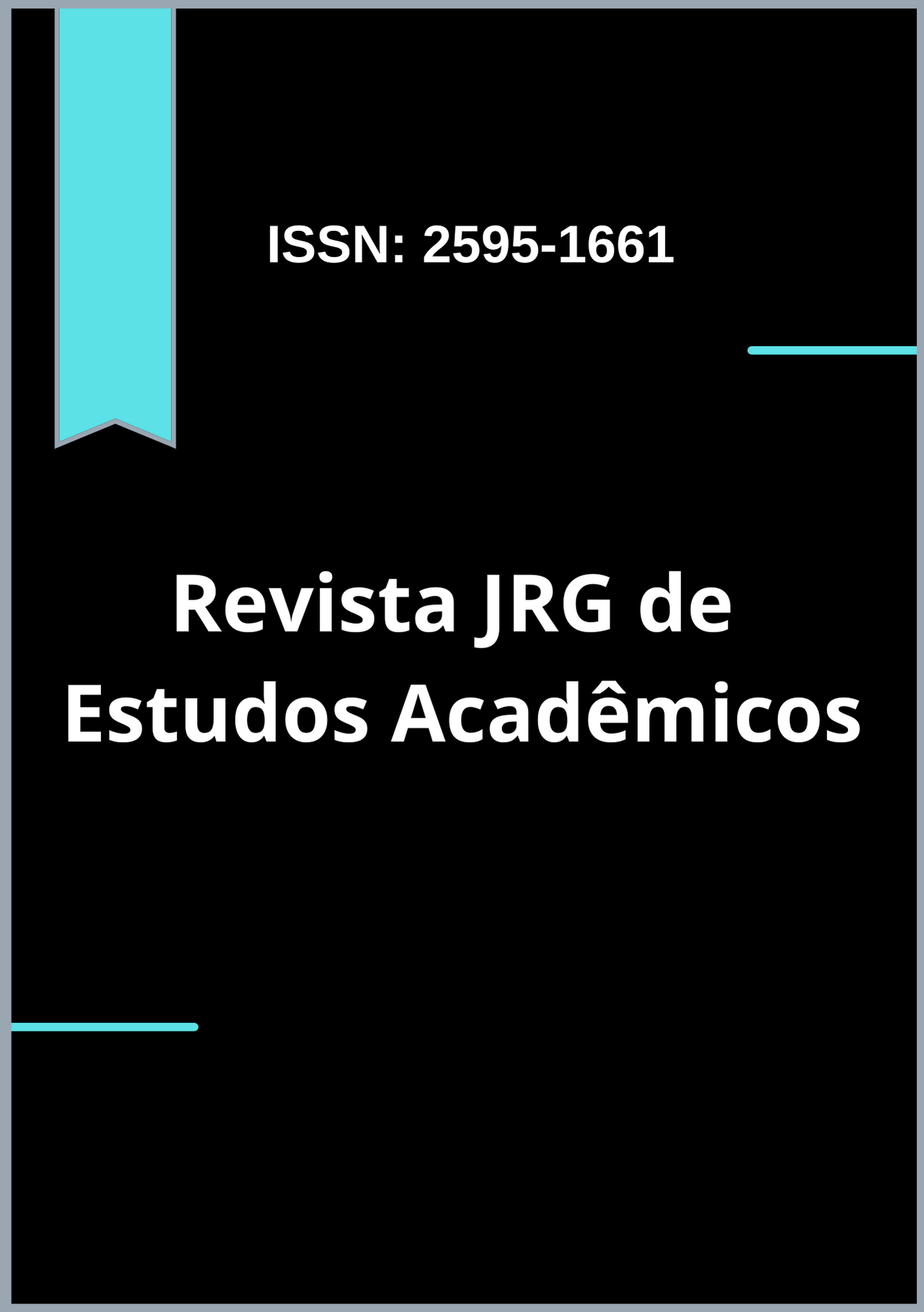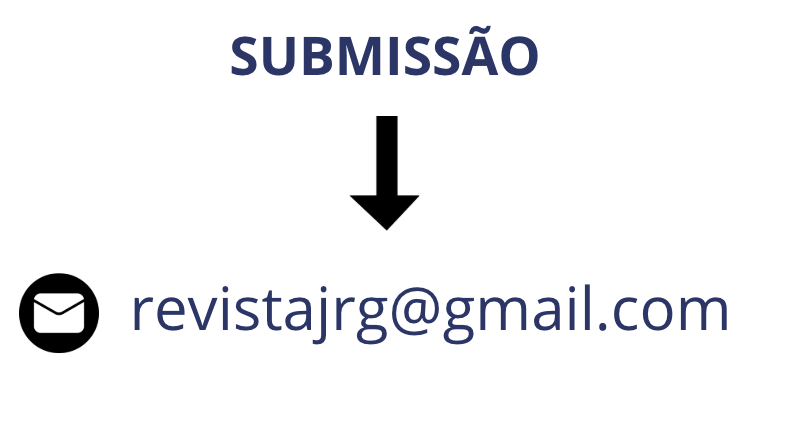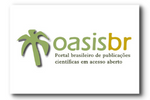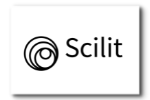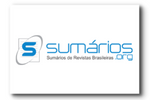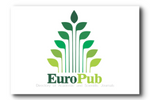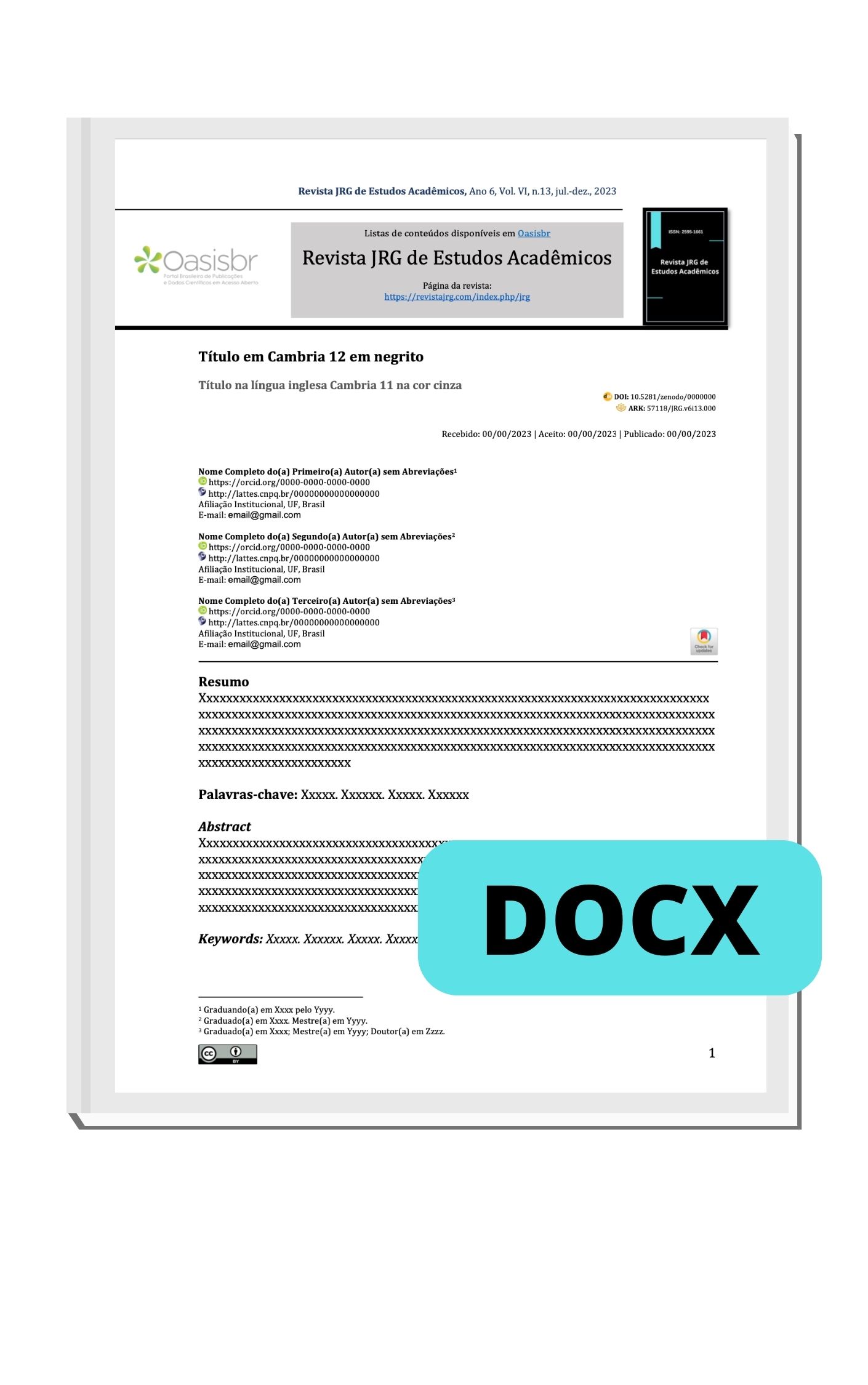Ingestão proteica e balanço nitrogenado em pacientes adultos críticos: uma revisão integrativa
DOI:
https://doi.org/10.5281/zenodo.7394083Palavras-chave:
Balanço Nitrogenado, Ingestão Proteica, Terapia IntensivaResumo
Esta revisão tem como objetivo identificar os principais achados sobre a oferta proteica ideal necessária para estimular o equilíbrio de nitrogênio e balanço nitrogenado positivo em pacientes adultos criticamente enfermos. Trata-se de um estudo de revisão integrativa, com a inclusão de 4 artigos originais selecionados nas bases de dados PubMed e Cochrane. Os dados foram sintetizados e organizados em uma tabela. Os principais achados evidenciados são que uma maior ingestão proteica está associada com melhores resultados no balanço nitrogenado, menor mortalidade e aumento na sobrevida. Conclui-se que todos os estudos incluídos nesta revisão concordaram que maior incremento na oferta proteica estimulou o balanço nitrogenado positivo, no entanto a quantidade ideal de aporte proteico ainda é controversa na literatura, indicando uma lacuna para pesquisas futuras.
Downloads
Referências
Patel, J. J., McClain, C. J., Sarav, M., Hamilton-Reeves, J., & Hurt, R. T. (2017). Protein requirements for critically ill patients with renal and liver failure. Nutrition in Clinical Practice, 32(1_suppl), 101S-111S. https://doi.org/10.1177/0884533616687501
Weijs, P. J., Looijaard, W. G., Beishuizen, A., Girbes, A. R., & Oudemans-van Straaten, H. M. (2014). Early high protein intake is associated with low mortality and energy overfeeding with high mortality in non-septic mechanically ventilated critically ill patients. Critical Care, 18(6), 701. https://doi.org/10.1186/s13054-014-0701-z
Dickerson, R. N. (2005). Using nitrogen balance in clinical practice. Hospital Pharmacy, 40(12), 1081–1087. https://doi.org/10.1177/001857870504001210
Allingstrup, M. J., Esmailzadeh, N., Wilkens Knudsen, A., Espersen, K., Hartvig Jensen, T., Wiis, J., Perner, A., & Kondrup, J. (2012). Provision of protein and energy in relation to measured requirements in intensive care patients. Clinical Nutrition, 31(4), 462–468. https://doi.org/10.1016/j.clnu.2011.12.006
Dickerson RN, Pitts SL, Maish GO, Schroeppel TJ, Magnotti LJ, Croce MA, et al. (2012). A reappraisalofnitrogenrequirements for patientswithcriticalillnessand trauma. J Trauma AcuteCareSurg.73(3):549-557.
Danielis, M., Lorenzoni, G., Azzolina, D., Iacobucci, A., Trombini, O., De Monte, A., Gregori, D., & Beltrame, F. (2019). Effect of protein-fortified diet on nitrogen balance in critically ill patients: Results from the opinib trial. Nutrients, 11(5), 972. https://doi.org/10.3390/nu11050972
Kim, T. J., Park, S.-H., Jeong, H.-B., Ha, E. J., Cho, W. S., Kang, H.-S., Kim, J. E., & Ko, S.-B. (2020). Optimizing nitrogen balance is associated with better outcomes in neurocritically ill patients. Nutrients, 12(10), 3137. https://doi.org/10.3390/nu12103137
Arabi, Y. M., Al-Dorzi, H. M., & Sadat, M. (2020). Protein intake and outcome in critically ill patients. Current Opinion in Clinical Nutrition & Metabolic Care, 23(1), 51–58. https://doi.org/10.1097/MCO.0000000000000619
Machado JC, Castro MG, Ceniccola GD, Giacomassi IW, Giorelli GV, Isola AM, et al. (2021). Bundles for combatingweaknessacquired in theintensivecareunit. BRASPEN J,36(2):131-44.
Nakamura, K., Nakano, H., Naraba, H., Mochizuki, M., Takahashi, Y., Sonoo, T., Hashimoto, H., & Morimura, N. (2021). High protein versus medium protein delivery under equal total energy delivery in critical care: A randomized controlled trial. Clinical Nutrition, 40(3), 796–803. https://doi.org/10.1016/j.clnu.2020.07.036
Weijs, P. J. M., Dickerson, R. N., Heyland, D. K., Moore, F. A., Rugeles, S. J., & McClave, S. A. (2017). Experimental and outcome-based approaches to protein requirements in the intensive care unit. Nutrition in Clinical Practice, 32(1_suppl), 77S-85S. https://doi.org/10.1177/0884533617692774
Azevedo, J. R. A., Lima, H. C. M., Frota, P. H. D. B., Nogueira, I. R. O. M., de Souza, S. C., Fernandes, E. A. A., & Cruz, A. M. (2021). High-protein intake and early exercise in adult intensive care patients: A prospective, randomized controlled trial to evaluate the impact on functional outcomes. BMC Anesthesiology, 21(1), 283. https://doi.org/10.1186/s12871-021-01492-6
Downloads
Publicado
Como Citar
Edição
Seção
ARK
Licença

Este trabalho está licenciado sob uma licença Creative Commons Attribution 4.0 International License.
